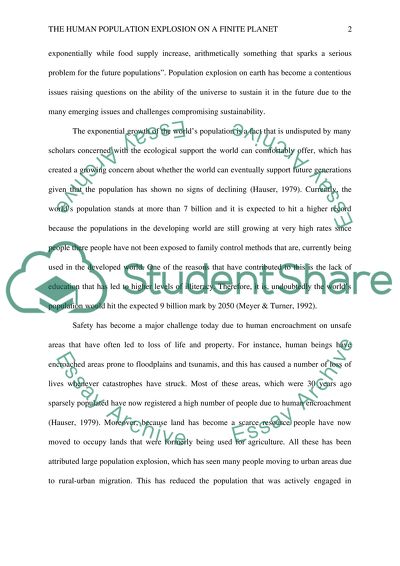Cite this document
(“The Human Population Explosion on a Finite Planet Essay”, n.d.)
The Human Population Explosion on a Finite Planet Essay. Retrieved from https://studentshare.org/environmental-studies/1691288-natural-science-choose-1-topic-of-3-possible-topics-from-the-attached-project-outline
The Human Population Explosion on a Finite Planet Essay. Retrieved from https://studentshare.org/environmental-studies/1691288-natural-science-choose-1-topic-of-3-possible-topics-from-the-attached-project-outline
(The Human Population Explosion on a Finite Planet Essay)
The Human Population Explosion on a Finite Planet Essay. https://studentshare.org/environmental-studies/1691288-natural-science-choose-1-topic-of-3-possible-topics-from-the-attached-project-outline.
The Human Population Explosion on a Finite Planet Essay. https://studentshare.org/environmental-studies/1691288-natural-science-choose-1-topic-of-3-possible-topics-from-the-attached-project-outline.
“The Human Population Explosion on a Finite Planet Essay”, n.d. https://studentshare.org/environmental-studies/1691288-natural-science-choose-1-topic-of-3-possible-topics-from-the-attached-project-outline.


